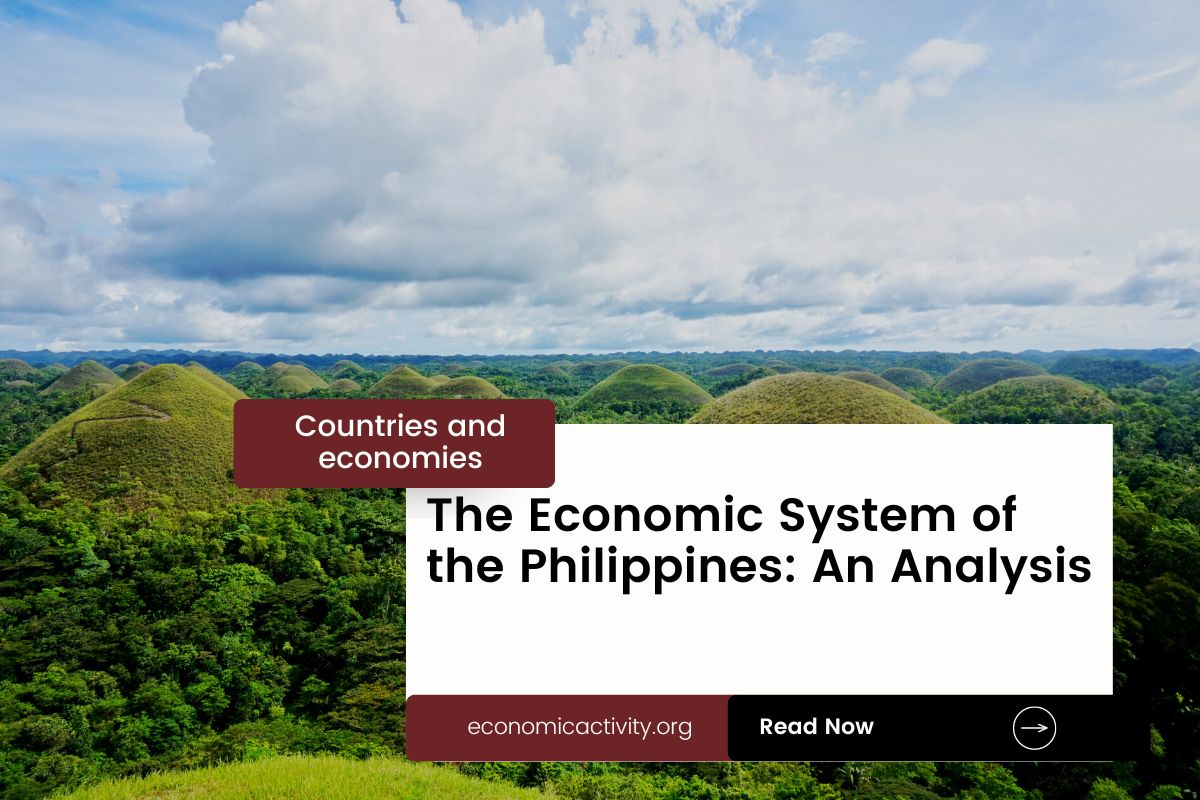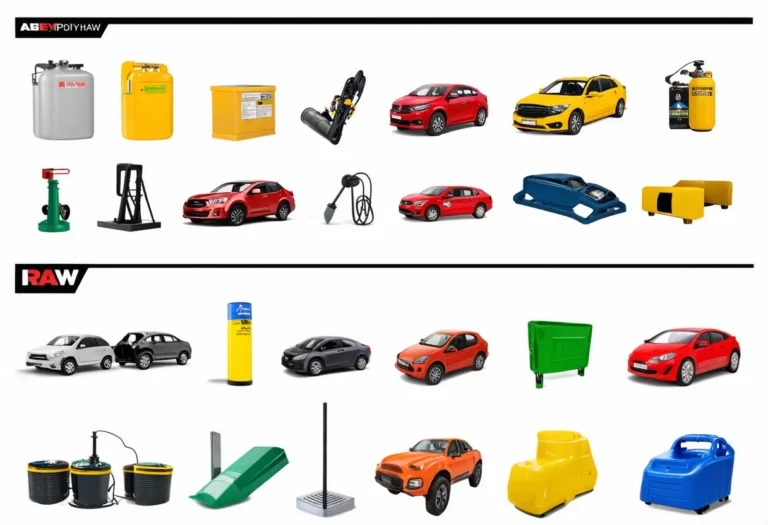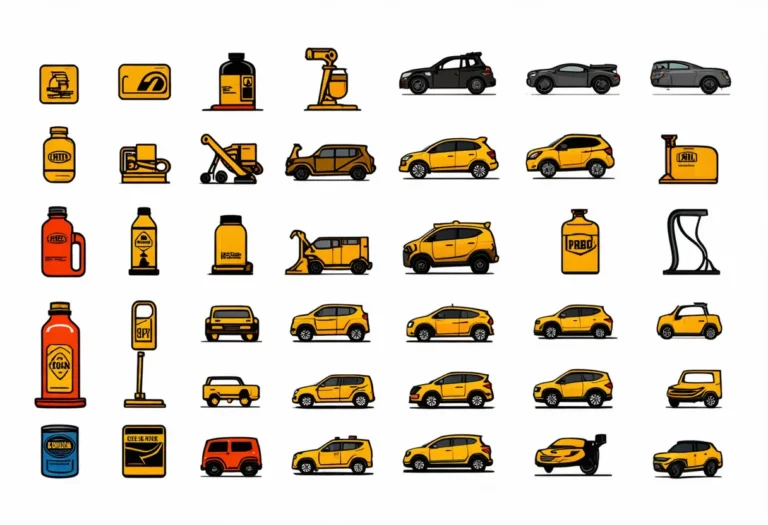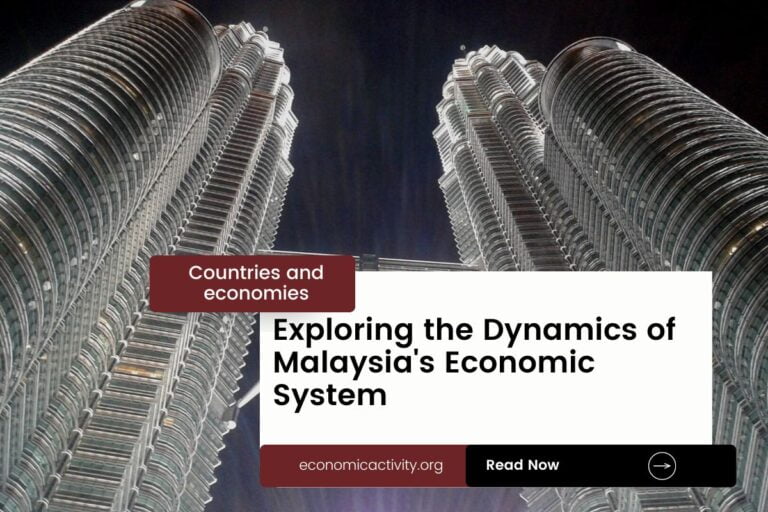What is the economic system of the Philippines? The economy of the Philippines is based on a mixed economy. The country’s economic system combines elements of a market economy and a planned economy.
The Philippine economy relies on agriculture (e.g., rice, coconuts), manufacturing (electronics, garments), services (BPO, tourism), mining, and overseas remittances.
In the Philippines, the economy is composed of a private sector, consisting of individuals and businesses that make autonomous decisions based on self-interest, and a public sector, where the state determines the production and distribution of certain goods and services. No country is purely capitalist or purely communist.
What do the freedom indexes tell about the economic system of the Philippines?
Now, to determine if a country is mostly a market economy or a planned economy, it is useful to examine some economic indexes. For instance, according to the 2022 Index of Economic Freedom, which measures the ability of every human to control his own labor and property, the Philippines is ranked 80th globally and 15th in Asia-Pacific indicating that the country has a moderately free economy.
In a similar way, the 2022 Freedom House index evaluates the state of political rights and civil liberties globally. Generally, market economies tend to align more with democracy and freedom, while command economies tend to be characterized by greater state control and fewer democratic and civil liberty protections.
The Philippines gets a score of 55/100, which qualifies it as Partly Free. The Philippines is considered to have a government that does not control what people do, and people can make their own economic decisions. Still, it is only considered an electoral democracy, lacking full liberal democratic protections.
The Link Between Public Sector Employment and the Economic System of the Philippines
An indicator of the extent to which the State is involved in the economy is the number of public sector employees. In the Philippines, according to ILOSTAT, the number of public sector employees as a percentage of the total workforce is 9.1% (2019).
In the country’s mixed economy, the number of public sector employees as a percentage of the total workforce varies based on the specific policies and practices adopted by the State. Some economic activities are left to the private sector while others are under government control. The bigger the public sector the closer the economy is to being a command economy.
What do the biggest companies in the Philippines say about the country’s economic system?
The biggest company in the Philippines should also be looked at, as well as whether it is a state-owned or private company. In this case, SM Investments is a conglomerate with interests in banking, retail, property, and mining. It is the country’s dominant player in retail with 208 stores nationwide. Of these, 47 are SM Department Stores; 38 are SM Supermarkets; 37 are SM Hypermarkets, and 86 are SaveMore branches.
The company is owned by multiple private shareholders.
The historical factors that have influenced the economic system of the Philippines
The current mixed economy system of the Philippines in the last century is a result of a combination of factors, including the country’s colonial history, its post-independence economic policies, and the global economic environment.
Colonial rule left the country with a legacy of unequal land distribution, a weak industrial base, and a reliance on foreign capital. Post-independence economic policies focused on import substitution and export promotion, while the global economic environment has been characterized by increased economic integration and globalization.
These factors have all contributed to the current mixed economy system of the Philippines.





Leave a Reply